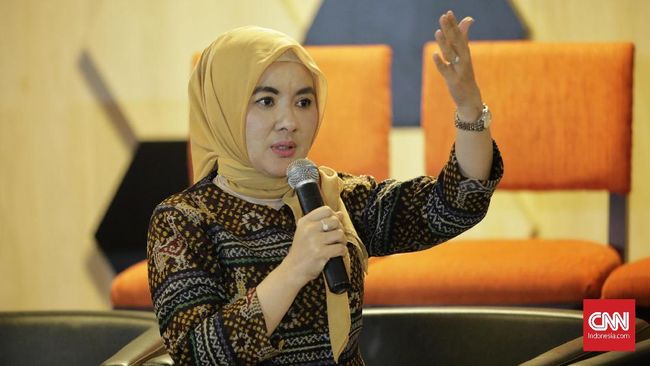President Director of PT Pertamina (Persero) Nicke Widyawati expressed her surprise about the scarcity solar when monitoring fuel sales at a gas station on Jalan Soekarno Hatta, Palembang, South Sumatra, Sunday (3/4). Because, he saw the sale subsidized solar in retail rose.
However, industrial diesel sales actually fell by 11 percent. “But (diesel) in retail went up, so there was a shift,” he said as reported by Antara.
In fact, large industries are not allowed to use subsidized diesel. Therefore, he considered that there needs to be a regulation that confirms that big industry players do not take subsidies for small industry players.
Referring to Presidential Regulation Number 191 of 2014, users who are entitled to subsidized diesel for the transportation sector are black plate motorized vehicles for transporting people or goods, yellow plate motorized vehicles.
The regulation also excludes cars transporting mining and plantation products with more than six wheels from receiving subsidized diesel.
Then, public service vehicles, such as ambulances, fire engines, and garbage collectors, are also allowed to get subsidized diesel. Furthermore, public transport ships with Indonesian flags, pioneer ships, as well as passenger and freight trains.
“This (diesel) subsidy is only for public transportation and logistics goods transport vehicles, which aims to prevent the prices of basic necessities from rising,” explained Nicke.
Therefore, the government will continue to provide subsidies for diesel oil, even though the assistance provided is relatively large, namely Rp. 7,800 for each liter. Energy subsidies, he continued, will also apply to 3 kg LPG gas subsidized by the government of up to Rp. 11 thousand.
“It is hoped that with this effort, prices will remain stable. Do not let there be other issues, due to the fact that the government continues to provide subsidies,” he added.
Currently, the distribution of subsidized diesel has exceeded the 10 percent quota as of February 2022 on a national scale. Meanwhile, specifically for the South Sumatra region, the quota given has exceeded 12 percent.
According to him, the stretching of the economy in a number of coal and palm oil producing areas, especially in Sumatra and Kalimantan, has contributed to the surge in demand for subsidized diesel. Similar conditions also occur in South Sulawesi, which has a number of processing industries.
“Actually, this is something to be grateful for. It means, our economy recovery faster. However, the challenge is how to provide for fuel needs, even though so far the government has guaranteed to continue to provide subsidies,” he said.
(one)
–


